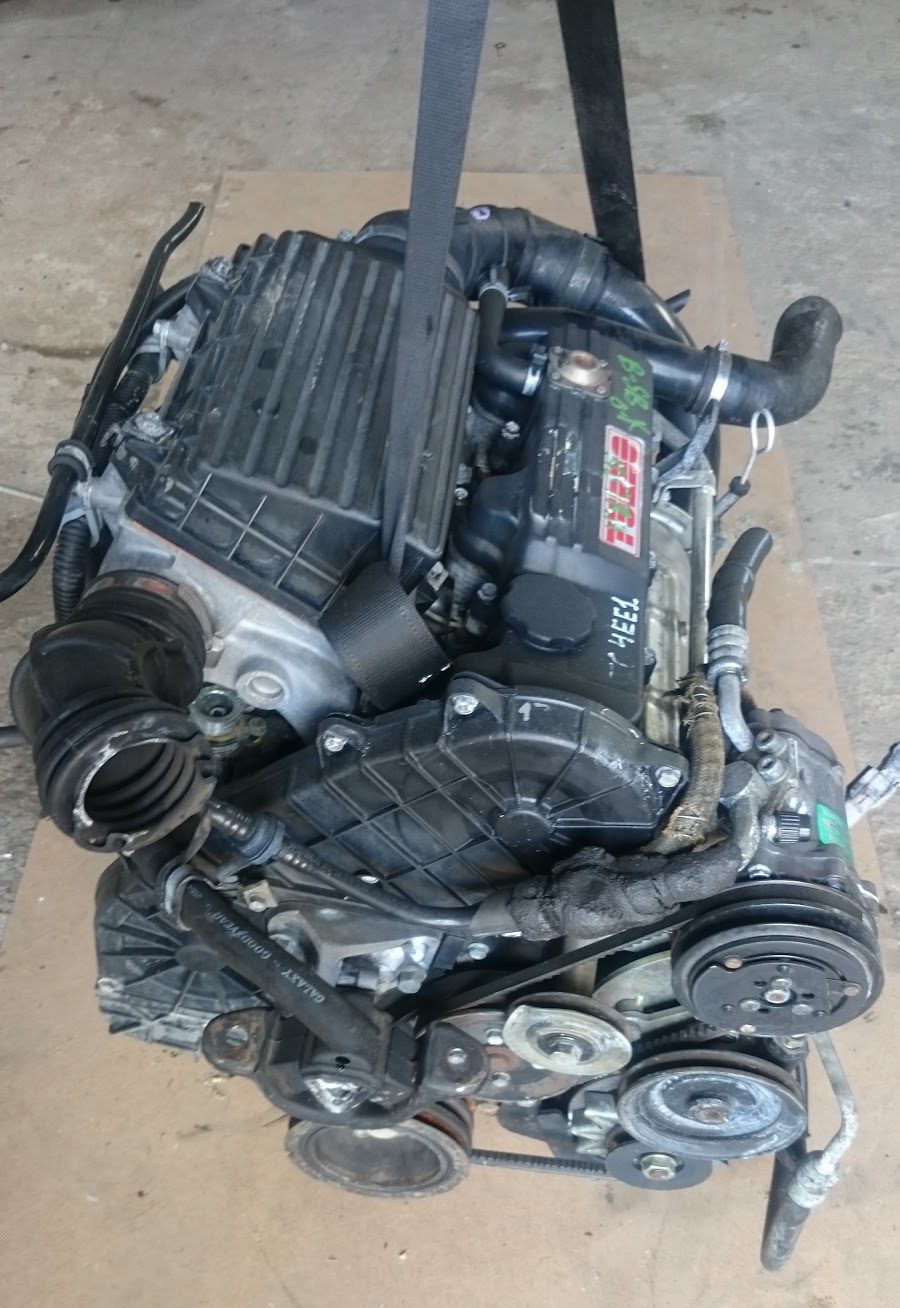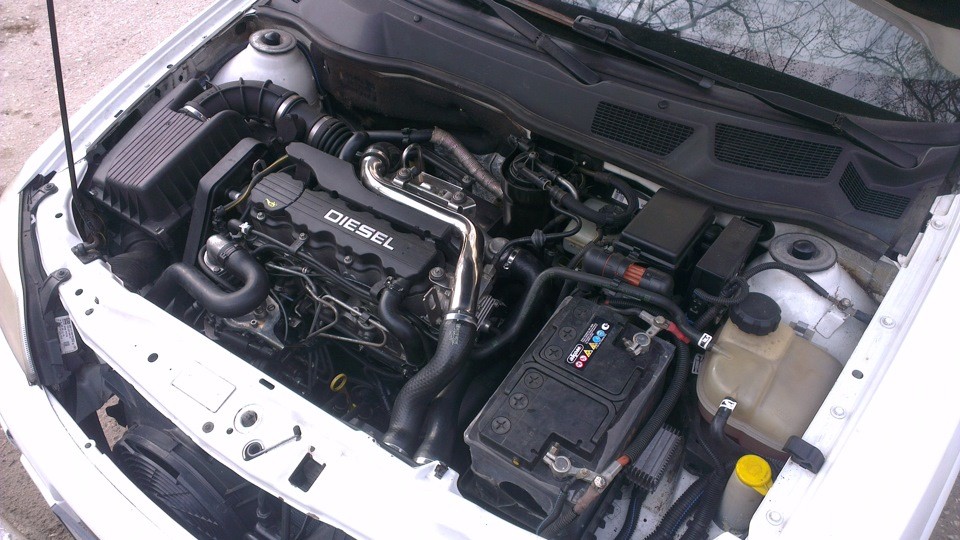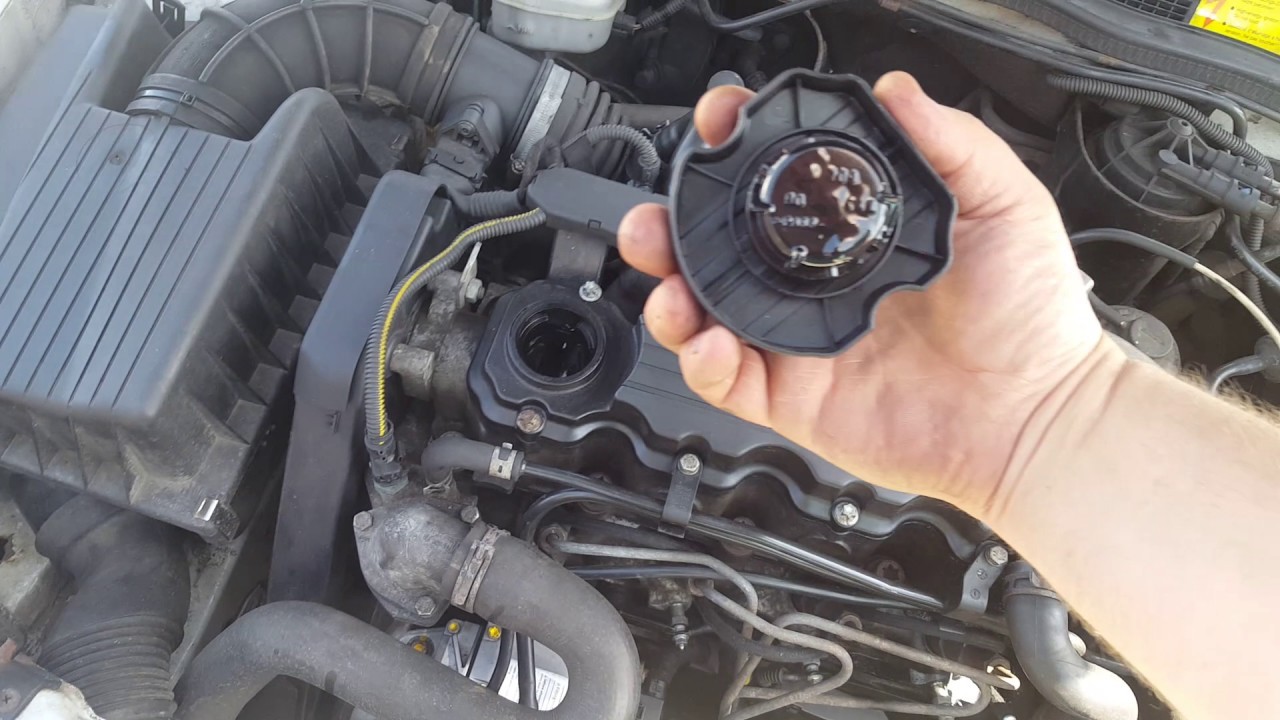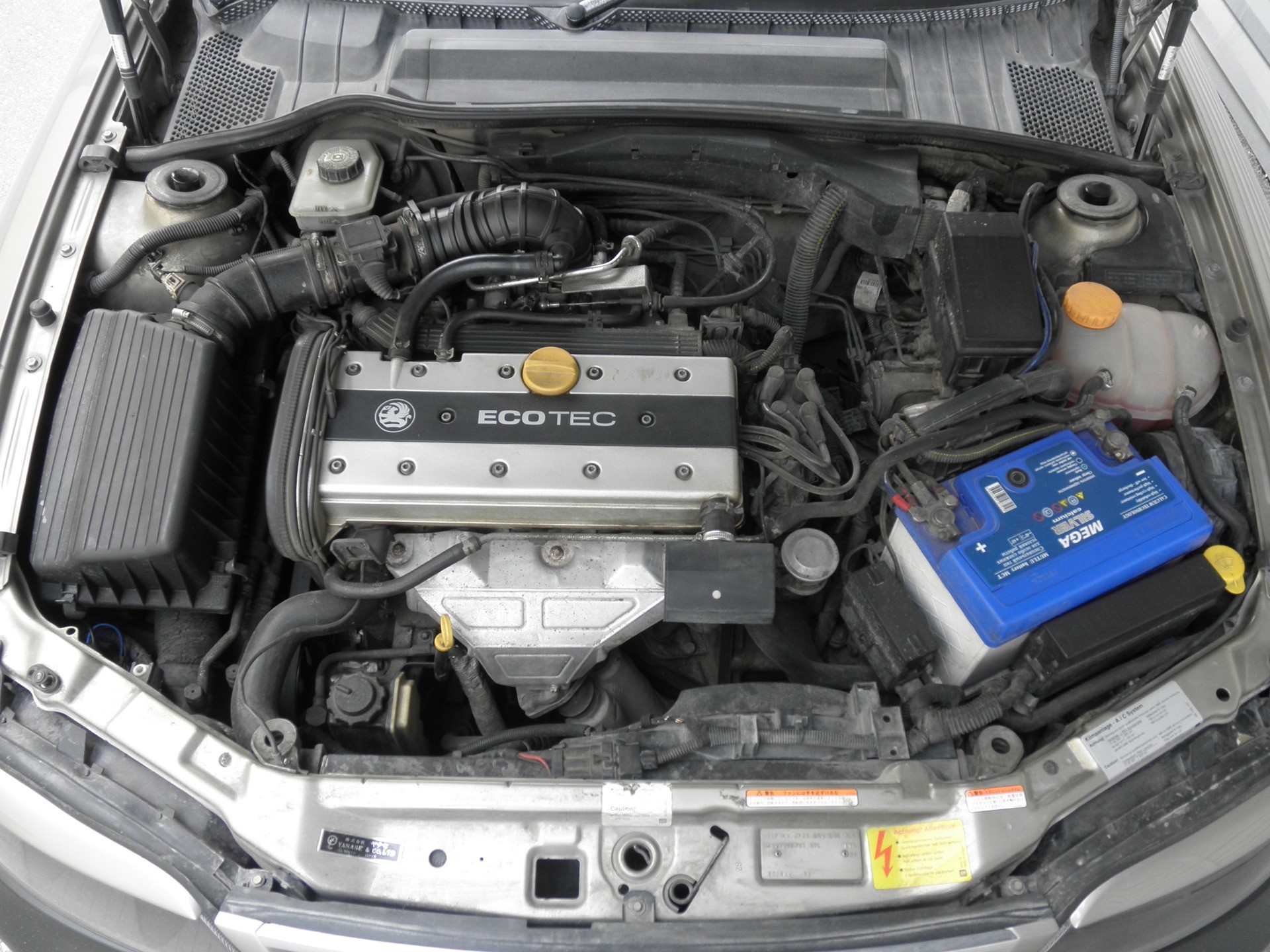
Opel X17DT, X17DTL engines
Content
These power units are classic Opel engines, which are known for their reliability, unpretentiousness and decent build quality. They were produced between 1994 and 2000 and were subsequently replaced by the Y17DT and Y17DTL counterparts, respectively. Simple eight-valve designs provide motors with high maintainability and the ability to operate a car with minimal financial costs.
The engines are produced directly by the concern itself in Germany, so that the buyer can always be sure of the quality and reliability of the purchased equipment. They are part of the GM Family II engine line and were installed in small and medium class cars on first and second generation cars.

The X17DT and X17DTL engines have a number of more powerful analogues with a volume of 1.9, 2.0 and 2.2 liters. In addition, sixteen-valve analogues of the X20DTH series also belong to this family. The production of these diesel engines is associated with the development of the first generation Opel Astra, which have gained immense popularity since the beginning of production as small, economical and reliable cars, ideal for driving in dense city traffic and providing high dynamics and economy of operation.
Technical specifications
| X17DT | X17DTL | |
|---|---|---|
| Volume, cc | 1686 | 1700 |
| Power, hp | 82 | 68 |
| Torque, N*m (kg*m) at rpm | 168 (17) to 2400 | 132 (13) to 2400 |
| Type of fuel | Diesel fuel | Diesel fuel |
| Consumption, l / 100 km | 5.9-7.7 | 07.08.2019 |
| engine's type | Inline, 4-cylinder | Inline, 4-cylinder |
| Additional Information | SOHC | SOHC |
| Cylinder diameter, mm | 79 | 82.5 |
| Number of valves per cylinder | 2 | 02.04.2019 |
| Power, hp (kW) at rpm | 82 (60) to 4300 | 68 (50) to 4500 |
| 82 (60) to 4400 | ||
| Compression ratio | 18.05.2022 | 22 |
| The piston stroke, mm | 86 | 79.5 |
Design features X17DT and X17DTL
Hydraulic compensators are excluded from the technical equipment of these motors, which makes it necessary to additionally adjust the valves, which are produced every 60 thousand km. Adjustment is made with nickels and can easily be done at home. In addition, the unit is not equipped with swirl flaps, which is rather an advantage, since this constructive addition often brings a lot of additional problems to motorists and requires expensive repairs.

Like most Opel engines of that time, the block was made of cast iron, and the valve cover was aluminum with a corresponding inscription on the surface. Among other design features of the unit, it should be noted unpretentiousness to fuel, which is especially important in the conditions of our country. To change the oil, you can use quality products recommended by the manufacturer with a viscosity level of 5W-40. The capacity of the unit is 5.5 liters.
Differences between X17DT and X17DTL
These two units have the most similar parameters and many interchangeable or adaptive parts. X17DTL is essentially a deformed version of the original. The goal of its development was to reduce power, without losing speed and torque. This need arose in connection with the increase in taxes on the horsepower of motors, which began to be massively introduced throughout Europe. At the same time, the small-sized Astra models did not need huge power and could easily get by with an engine 14 hp less than the X17DT.

Changes in the design affected the turbine, which received a new geometry. In addition, the diameter of the cylinders has slightly increased, due to which the volume of the power unit has also increased. As for the fuel system, the notorious VP44 injection pumps were used for these power units, which, despite the build quality, can cause a lot of problems to their owners.
Common faults X17DT and X17DTL
In general, each Opel engine is considered a model of reliability and maintainability. These diesel power units were no exception.
With proper and timely maintenance, they can easily cover a distance of 300 thousand km, without serious consequences for the piston and cylinder block.
Nevertheless, high loads, the use of low-quality fuels and lubricants and harsh climatic operating conditions can disable even the most reliable devices. The X17DT and X17DTL also have a few weaknesses that add up to a list of common failures:
- the most common problem of this power unit is a complicated start-up due to failure or incorrect operation of the injection pump. Often, problems relate to the electronics that control its operation. Repair is carried out in the conditions of an authorized car service, with a complete check of the fuel equipment at the stand;
- increased loads on the engine lead to the fact that the turbine begins to drive oil. This leads to a very expensive repair or complete replacement of the above;
- the modest working life of the timing belt requires special attention to this design. The slightest defects, cracks or abrasions will signal the need for immediate replacement. Together with the timing belt, the declared resource of which is 50 thousand km, it is necessary to replace the tension roller. After all, its jamming is no less dangerous. In the event of a break during movement, the motor bends the valves, with all the ensuing consequences;
- leakage of the crankshaft oil seal and crankcase ventilation system leads to increased oil consumption. In addition, the place of leakage may be the place where the valve cover is attached;
- failure of the USR system leads to the need to replace the catalytic converter or exclude it from the mechanism of the car, followed by flashing the car's computer;
- part of the underhood problems that can regularly haunt every motorist who owns this car is the generator. For this reason, the owners often change it to a more powerful analogue that can power this motor without problems;
- depressurization of the engine due to wear of the gaskets. In order to avoid problems, it is necessary to carefully carry out maintenance and monitor the condition and absence of leaks from under the valve cover.

In order to save yourself from all the above problems, it is necessary to carry out maintenance in a timely manner and entrust repairs exclusively to experienced specialists who are qualified to perform such work. Use only original consumables recommended by the manufacturer and do not forget to check the condition of your own car yourself.
Applicability of power units X17DT and X17DTL
These motors were specially designed for the Asters of that time, and therefore, they are ideal for these machines. In general, the list of cars on which these internal combustion engines can be installed is as follows:
- Opel Astra F of the first generation in station wagon, hatchback and sedan bodies of all modifications;
- Opel Astra F second generation station wagon, hatchback and sedan of all modifications;
- Opel Astra F first and second generation all restyled versions;
- Opel Vectra second generation, sedans, including restyled versions.
In general, after certain modifications, these motors can be installed on all Vectra modifications, so if you have a contract unit, you should think about the possibility of applying it to your car.

Possibilities for tuning engines X17DT and X17DTL
Given the fact that the engine with the added designation L is derated, it is not economically profitable to modify it. At the same time, to refine the X17DT, the owner can always chip-tune the engine, install a sports exhaust system and manifolds, and modify the turbine.
These improvements will add 50-70 hp to the car, which is essential for this car.
The optimal solution for increasing the power of an Opel car is to replace the engine with a more powerful analogue. For this, eight- and sixteen-valve analogues with a volume of 1.9, 2.0 or 2.2 liters are suitable. If you still decide to replace the power unit with a contract counterpart, do not forget to check the unit number with that indicated in the documents. Otherwise, you run the risk of acquiring a stolen or illegal spare part, with all the ensuing consequences. In the X17DT and X17DTL engines, the number is located at the gearbox attachment point, on the connecting rib.

